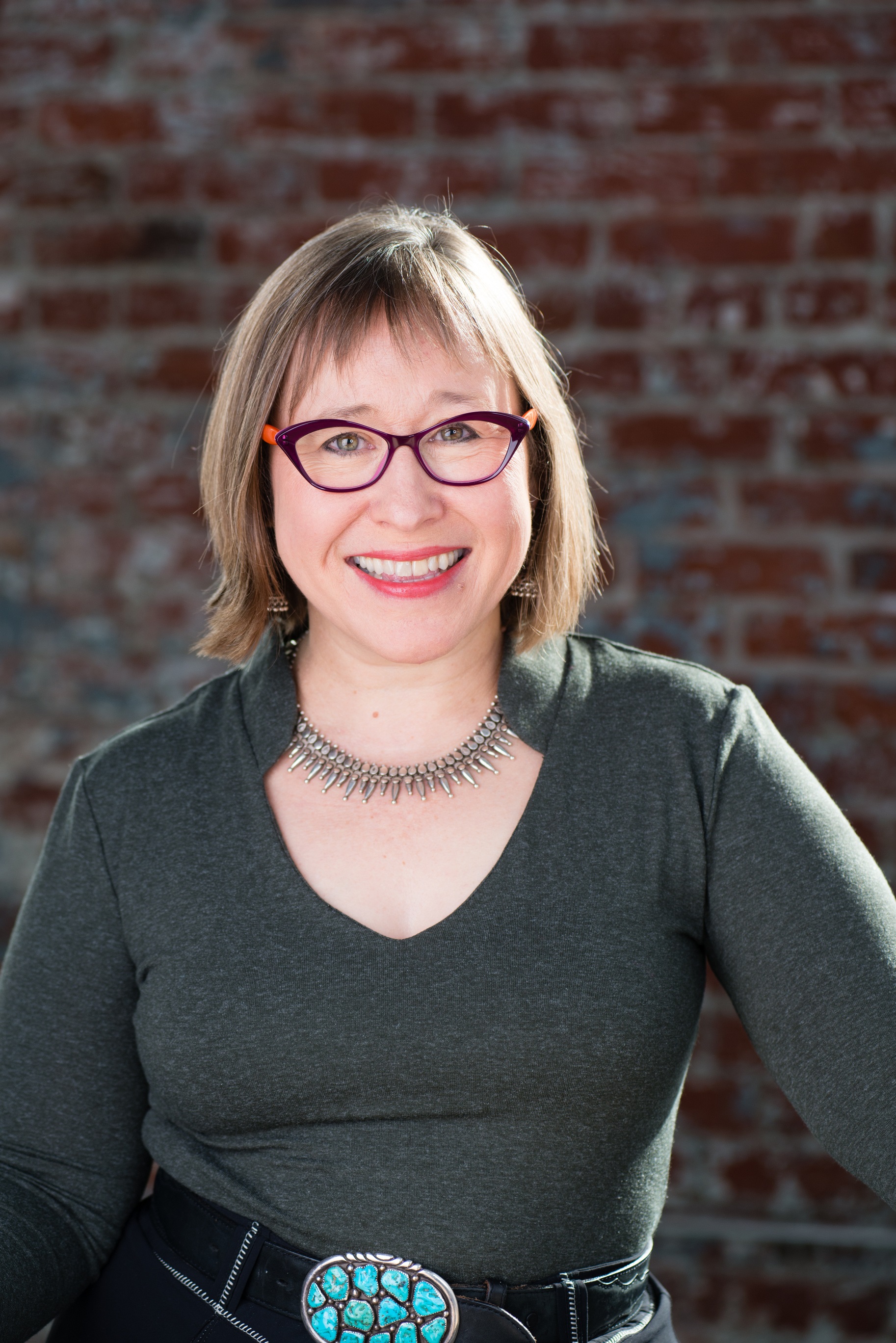The Calm Before the Storm in the Middle East
In her new book, Heather J. Sharkey, Professor of Near Eastern Languages and Civilizations, explores Muslim, Christian, and Jewish relations in the period before World War I.
The mere mention of the Middle East conjures thoughts of religious conflicts between Muslims, Christians, and Jews. But as Heather Sharkey argues in her new book, A History of Muslims, Christians and Jews in the Middle East, focusing only on conflict obscures a fascinating and complex history of the region’s diverse people as they lived together.
In the book, Sharkey, Professor of Near Eastern Languages and Civilizations, examines societies in the Ottoman Empire before World War I, when there were more substantial Christian and Jewish communities in most of the Middle East than today. For example, only a handful of Jews now live in Egypt, whereas the Jewish population in that country peaked in the 1920s and 1930s at over 85,000.
Sharkey considers how people mingled in their daily lives, “in shared Arabic songs or stories, sung or recounted by Muslims, Christians, and Jews; in the remembered smell of jasmine blossoms, threaded and sold on strings after dusk;” and in memories of food, “like a particular bread sold on street carts during Ramadan.”
Sharkey says that writing the book required a process of “un-learning” what she thought she knew about how religion worked, as a mode of belief and as a shaper of laws and government policies, in the Islamic Middle East. Central to the book is the study of how, over many centuries, successive Muslim rulers – including finally the sultans of the Ottoman Empire – treated Christians and Jews as dhimmis, meaning protected but subordinate people, who could live peaceably in Islamic societies.
“Many of my students assume, perhaps because of the continuing nature of the Arab-Israeli and Israeli-Palestinian conflicts, that Muslim-Jewish animosity has been a constant feature of Middle Eastern societies, and that current problems reflect those tensions from the past,” says Sharkey. “That also requires some un-learning. For while there were social hierarchies and inequalities, relations between Muslims, Jews, and Christians were calm in most places and times.
“One of the main pillars of Islamic statecraft historically depended on the idea that Muslims should be in the dominant social position and Christians and Jews had the right to prosper provided that they recognized the authority of the Islamic state and Muslim society,” explains Sharkey. Reflecting their subordination, Islamic states required Christians and Jews to pay extra taxes and to agree to other conditions and restrictions. For example, they could not bear arms since they were expected to play roles as defended, and not defending, people. “As long as they agreed to those terms, theoretically, Islamic states allowed them to continue without problems.”
In practice, such restrictions even guided what colors Christians and Jews wore for their clothes, and how they identified themselves when they were naked in public bathhouses, such as using special towels or different sandals. Religious cultures even informed the oils that people used to cook their food, raising the possibility that one could have detected a family’s religion by the smell that came from their kitchens.
The book traces how Islamic policies towards non-Muslims as subordinates shifted over time and affected relations between Muslims and other communities. Sharkey explains that as the Ottoman Empire began to lose territories, the influence of the European Enlightenment and greater contact with western European societies prompted Christian and Jewish populations in Muslim countries to call for social parity.
“They started to say, ‘We don’t want to be subordinates. We want equality,’” explains Sharkey. “Some began to subscribe to ideas of citizenship that emerged from the French Revolution and to agitate for what we would today call fuller civil rights.” A reform-minded Ottoman sultan responded in the nineteenth century by issuing edicts that declared equality among his subjects, whether Muslim or otherwise.
“It’s exactly at that moment that dissatisfaction mounted among Muslim majority populations who resented the changes that formerly subordinate groups began to demand,” observes Sharkey. “It made matters more tense that, at the same time that Christians and Jews started to ask for more, they were becoming wealthier. That, in turn, was because Christians and Jews, who had greater contact with Western Europeans, prospered through connections to Mediterranean and global trade in the nineteenth century. At the same time, non-Muslims expanded community school systems and medical infrastructures more quickly than Muslims did.”
These tensions exploded in the Ottoman Empire, in the region corresponding with what is now Turkey, with massacres against Armenians in the 1890s. These massacres foreshadowed what many people call the Armenian genocide, which peaked during World War I and dealt a blow to ideals of coexistence among the region’s religious communities. As the twentieth century went on, the new Middle Eastern countries that emerged in former Ottoman lands became less religiously diverse than ever before in history.
Sharkey’s book was born from a seminar she teaches called Muslim, Christian, and Jewish Relations in the Modern Middle East. She originally created a syllabus based on close reading of excerpts from articles because there were no books surveying what she wanted to teach. An editor from Cambridge University Press saw her class listed on Penn’s website and commissioned the book.
Sharkey included her students in the writing process by sharing chapter drafts and asking for feedback. “The students were very supportive and gave me the enthusiasm and confidence to get to the finish line,” she says. “It was a wonderful experience, because they were one of my target audiences all along.”



